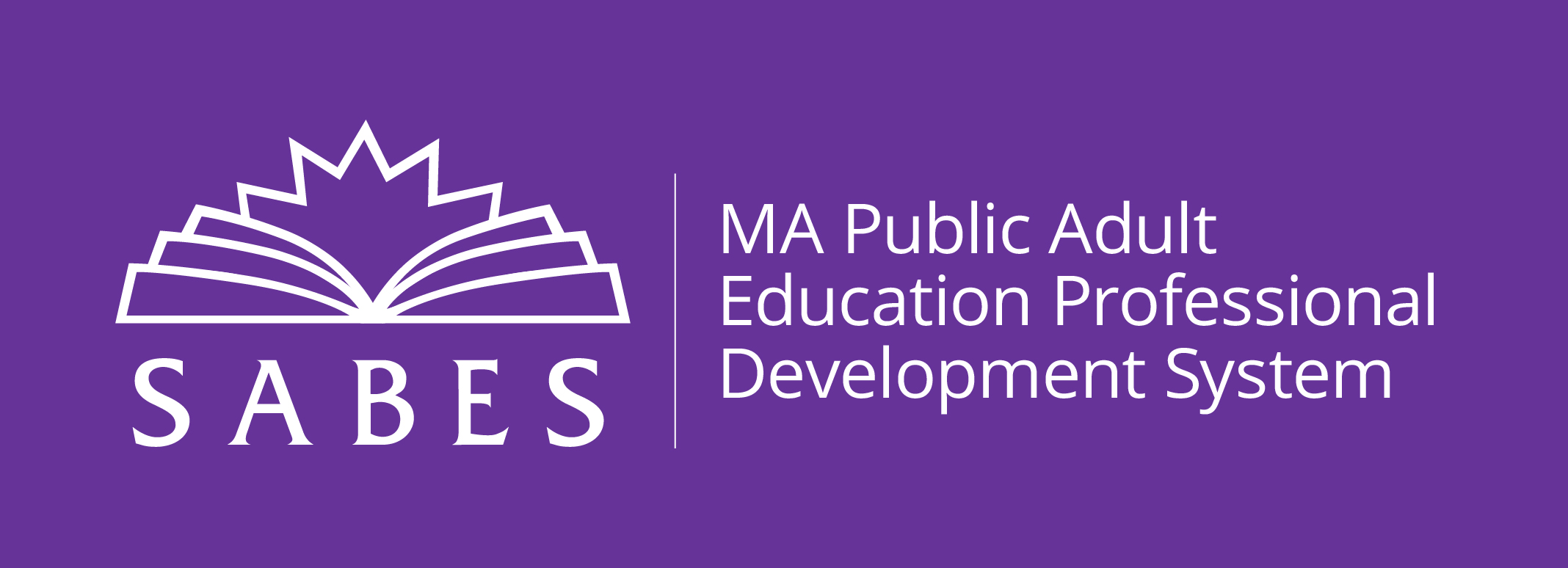What is morphological analysis, and why is it relevant for advanced readers? Learn the answers as you explore evidence-based instructional approaches for teaching morphology, or the components of words, to learners at GLE 9-12.
Please note: This is an online course in Blackboard that cannot be accessed from the SABES website. You will receive a separate email from Joanne Harrington at Quinsigamond Community College with instructions on how to access the course.
- ELA and subject-matter teachers (e.g., social studies, science, workforce prep, etc.)
- Appropriate for Corrections teachers
- Aimed at teachers and tutors of GLE 9-12; teachers of intermediate-level readers are welcome to attend as well
This professional development activity/course is designed for:
Latin and Greek roots, prefixes, and suffixes form the foundation of much of the English language. It makes sense, then, that learning the meanings of specific word parts can open the door to understanding the meanings of new words encountered in reading and study. Explore engaging and effective ways to teach morphological analysis to ASE learners.
See also the related webinar on May 5: Tier 2 & Tier 3 Words
- Describe why learning the meanings of specific word parts can open the door to understanding the meanings of new words
- Implement key EBRI approaches for teaching morphological analysis
Upon completion of this professional development activity/course, you will be able to:
None--To increase access to this course during COVID-19, the usual prerequisites have been waived.
Online (Blackboard)
United States


